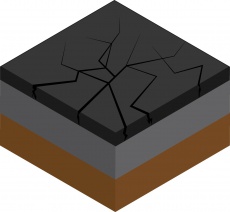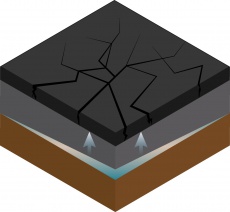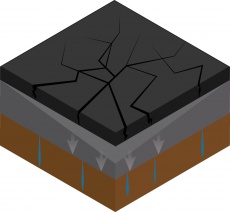
Wintery weather creates potholes
Take advantage by keeping your Kilen coil spring range up to date.
The real 'mini beast'
As forecasts warn that a ‘mini beast from the east' is on the way, with snow and freezing temperatures predicted across the country, the real ‘mini beast’ lurks deep inside every car’s coil springs, ready to be unleashed…
Coil springs in regular use develop microscopic cracks deep within the steel which increase in size over time and with each pothole impact. Grit salt spread on the roads forms an abrasive paste when mixed with surface water, grinding the protective paint off the spring and exposing the cracks to the elements, while cold temperatures make the spring more brittle.
These factors combine to unleash the beast – increasing the chance that a crack will suddenly propagate, fracturing the spring completely and leading to total failure requiring replacement.
How potholes are formed

Fresh laid tarmac forms a solid, impermeable barrie between the soft foundation under the road, and the elements above.

Over time, with traffic volume acting as a catalyst, the tarmac becomes more porous and rain begins to penetrate the cracks.

As tempreatures plummet, the water freezes and expands, pushing the tarmac upwards.

As the ice thaws, gaps appear below the surface. These gaps grow larger with each freeze-thaw cycle.

Eventually the vibration and weight of the traffic above causes the tarmac to collapse into the void, creating a pothole. The pothole becomes larger and deeper as traffic continues to roll over it.

 Click here to open the navigation menu
Click here to open the navigation menu